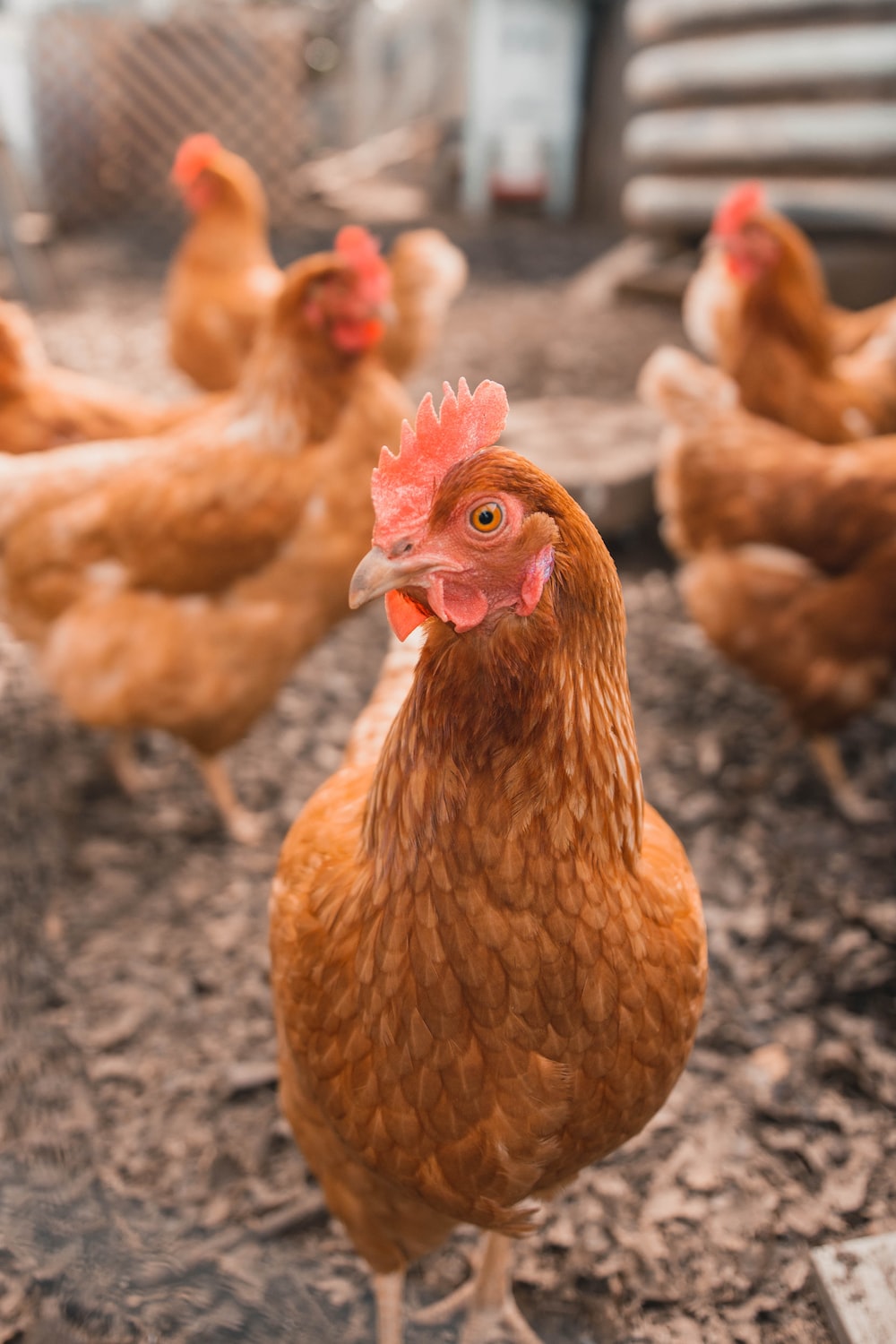Recommended Bee-Keeping Practices
Bee-keeping, the art of managing honeybee colonies, is a rewarding venture that contributes not only to the wellbeing of ecosystems but also to the livelihoods of beekeepers. To optimize the quantity and quality of both honey and beeswax, it is crucial to adopt recommended husbandry practices. In this blog, we explore these practices, focusing on the recommended bee hive, suitable siting, and the essential steps for successful beekeeping.
Recommended Bee Hives
1.The Kenya Top Bar Hive
For optimal production, ease of monitoring, and efficient harvesting, the Kenya Top Bar Hive is highly recommended. This hive is a simple, long box covered with 30 movable slats known as top bars. It can be constructed using timber or straw, providing a cost-effective yet efficient solution for beekeepers. For specific dimensions of the bee hive and other necessary equipment, farmers are advised to consult with their field extension workers, wildlife offices, or local bee-keeping experts. It's important to note that in cases where bees pose a threat to human life, community members should contact local beekeeping experts for assistance.

In addition to the Kenya Top Bar Hive, there is the Malawi Standard Top Bar Hive, specifically adapted to suit local conditions. Farmers are encouraged to use top bar hives and avoid the use of log or bark hives, which contribute to deforestation and are difficult to manage. These alternatives are also prone to causing bushfires, posing additional risks to the environment.
2.Siting and Hanging Bee Hives
Choosing the right location for bee hives is crucial for the success of bee-keeping. The site should have abundant vegetation providing nectar, offering good shade to protect the bees from excessive heat. It should also be dry, easily accessible, and at least 100 meters away from people's and domesticated animals' paths. Humid conditions can foster disease, so selecting an appropriate site is vital.
When hanging the hive, suspend it between two strong trees or on a single robust branch using wire or a sturdy rope. The distance from the ground depends on the beekeeper's height. To address threats from honey badgers or other potential pests, hang the hive at a minimum distance of 1.5 meters from the ground and supporting trees.
After 2 to 3 days, check for bee colonization and ensure that conditions favoring pests and other unfavorable circumstances are either eliminated or controlled. This proactive approach ensures a healthy and thriving bee colony.
Recommended bee-keeping practices are essential for fostering healthy hives and ensuring a bountiful harvest of honey and beeswax. By opting for the Kenya Top Bar Hive, adapting to local hive types, and selecting appropriate hive sites, beekeepers can enhance their productivity while contributing to environmental sustainability. As bee-keeping continues to be a vital component of agriculture, embracing these practices will not only benefit the beekeeper but also support the crucial role of bees in pollination and ecosystem health.





 Formulate Feed
Formulate Feed
Comments
Be the first to comment . You must be logged in to post a comment